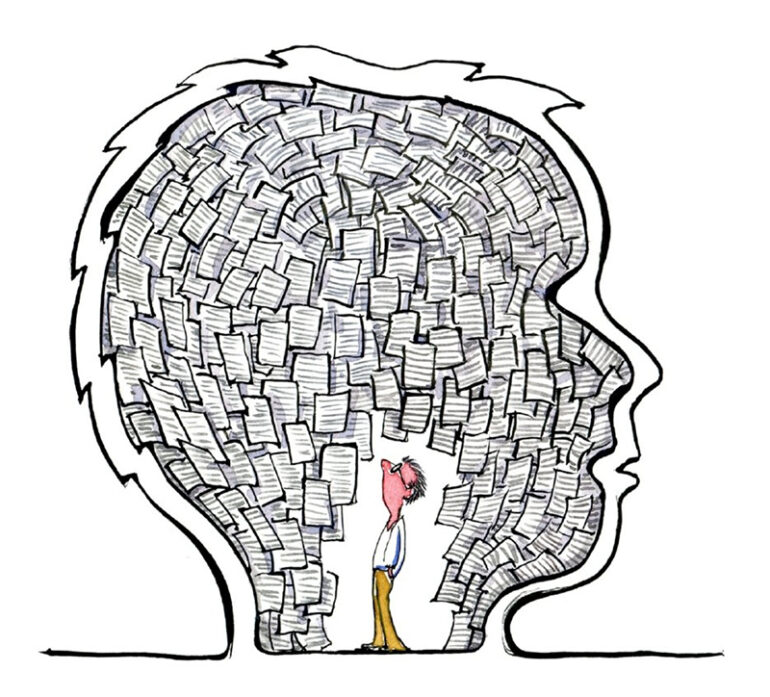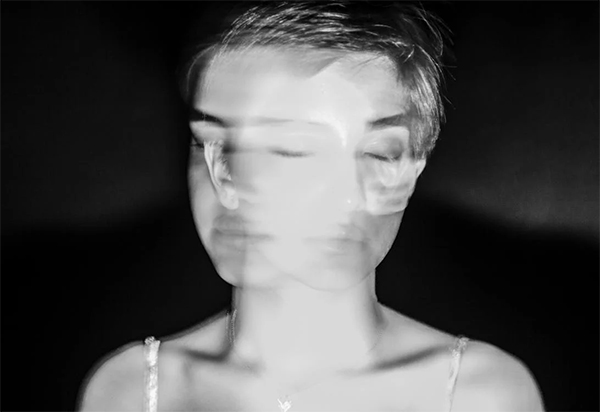Long acting as a bridge between the internal and external worlds, art has long been a means of probing the depths of human feeling and cognition. Using psychological creativity, creators explore the complexity of the mind by means of symbolism, therefore providing a rich tapestry of visual storytelling that really connect with viewers. This research not only clarifies personal experiences but also helps us to see the many ways in which we negotiate our emotional terrain collectively. Engaging these artistic expressions helps viewers to discover the great interaction between art and the psyche by means of introspection and connection.
The Power of Symbolism in Psychological Art
In psychological art, symbolism offers a great means of communicating difficult feelings and ideas. Visual metaphors help artists to capture the complexities of the human experience and let viewers interact with their own subconscious. Colors, forms, and themes can arouse happiness, sadness, or contemplation, so establishing a conversation between the work and the spectator. This layered method challenges people to face their inner landscapes and stimulates closer study of personal stories. Psychological art reveals the many facets of the psyche by transcending literal representation and so generates a unique connection that appeals on an emotional level.
Exploring the Depths of the Unconscious Mind
Examining the unconscious mind exposes a wealth of unprocessed events and buried emotions. To produce works reflecting the complexity of inner life, artists frequently draw on dreams, recollections, and intuitive drives. Surrealism and abstraction among other techniques let one investigate ideas that could be challenging to communicate. These creative works might act as a mirror reflecting the own underlying conflicts and wishes of the observer. By facing these layers, audiences and artists go on a transforming trip that promotes more self-awareness and knowledge of the complex tapestry that is human life.
Capturing Emotions and Mental States Through Art
Often surpassing spoken communication, art has a special capacity to portray the range of human feelings and mental states. Artists can arouse in the observer a visceral experience by means of color, texture, and composition, therefore eliciting emotions ranging from ecstasy to despair. Every brushstroke can represent a happy moment or a battle with worry, so enabling a common knowledge of emotional environments. Through recognition of their own experiences reflected in the artwork, this link promotes empathy and validation. In the end, these works act as a potent reminder of the common human predicament, therefore bridging the distances between individual and group emotional experiences.
The Therapeutic Potential of Psychological Artistry
One very effective method for self-discovery and healing is interacting with psychological artists. The creative process gives people a secure place for inquiry and lets them communicate emotions that could be challenging. Encouragement of participants to face personal obstacles and traumas by art therapy promotes resilience and development. Changing suffering into visual form helps people to understand their mental states and create coping mechanisms. This therapeutic method not only improves emotional well-being but also helps one develop a closer awareness of oneself, therefore fostering empowerment and connectedness to the larger human experience.
Examining symbolism in psychological art not only enhances the creative scene but also provides a necessary route for both individual development and society understanding. Through interacting with these visual stories, people can start a reflective trip that goes beyond simple observation and strengthens their close relationship to their own emotional truth. This artistic discourse not only clarifies the complexity of the human experience but also supports the idea that creativity can be a strong driver for healing and self-discovery, therefore confirming the fundamental core of our shared humanity.
Photo Attribution:
1st & featured image by: https://commons.wikimedia.org/wiki/Category:Psychology_in_art#/media/File:A_picture_is_worth_a_thousand_words.jpg 2nd image by https://www.pexels.com/photo/double-exposure-black-and-white-portrait-of-a-woman-18314467/

